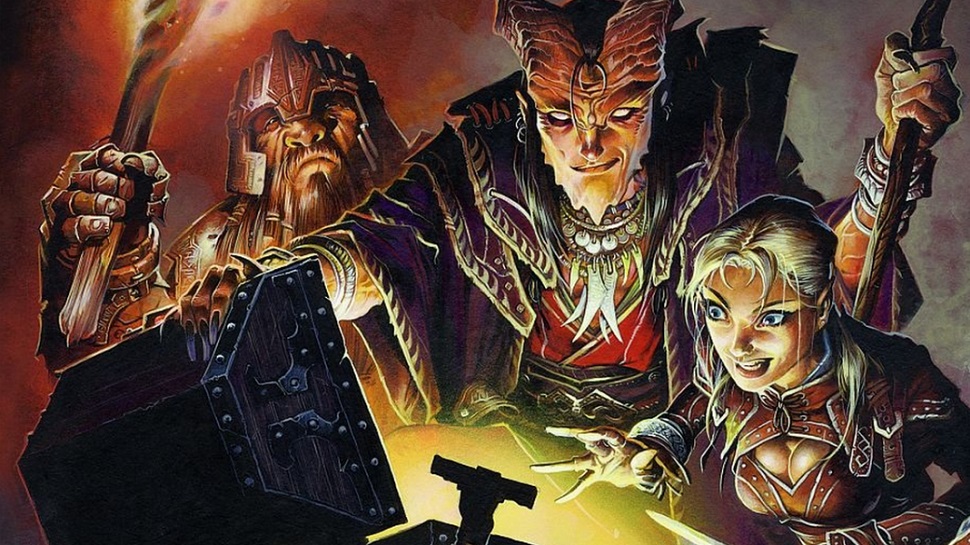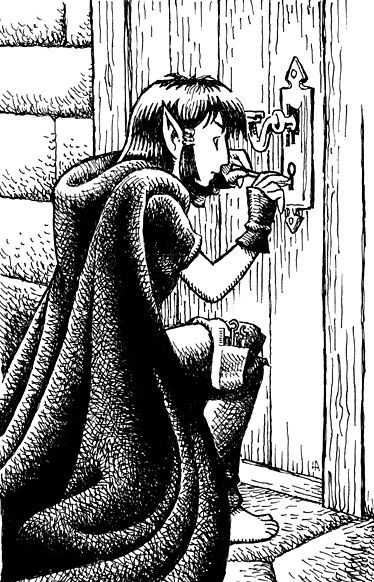Quick fingers the thief slid quietly down the hall. Her party watched from the shadows behind her. She made her way silently towards the iron banded chest. She carefully checked the path for hidden wires or loose cobbles. But she saw none. She then regarded the chest itself. She saw no obvious signs of traps upon it. There were no wires attached. The lock appeared to be quite old and rusted but had no obvious poison needles inside of it. She carefully reached into the pouch at her side and produced a metal file about six inches long and began to work the lock. In five minutes she had it open just before the Orcs attacked…….
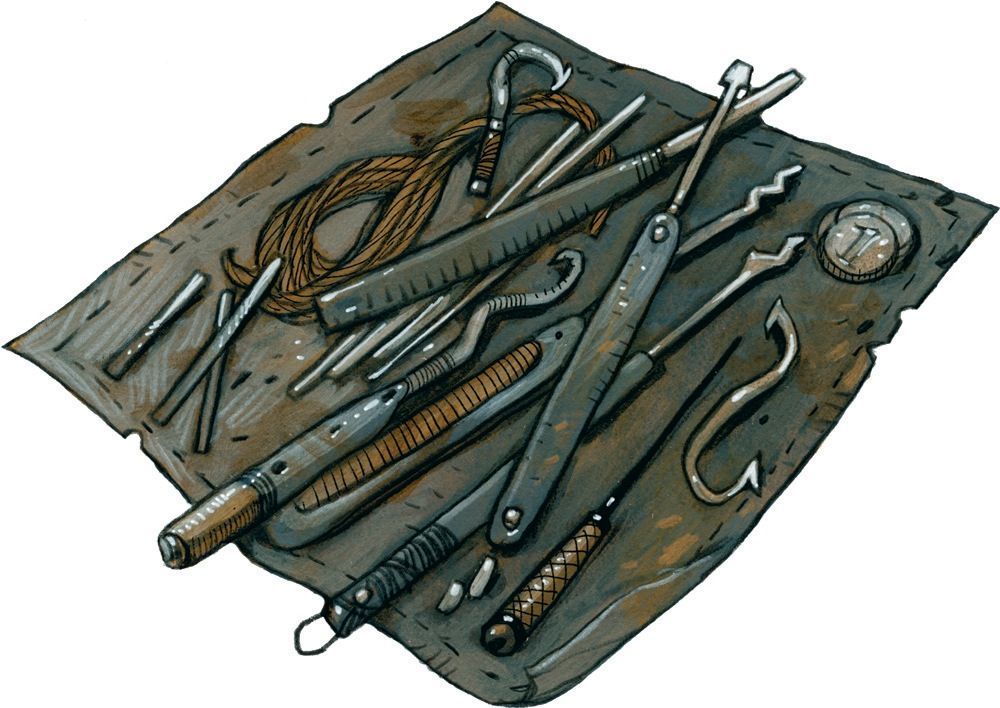
What exactly are thieves’ tools in Dungeons and Dragons?
Those of us who have been playing this game for decades have heard the term many times but how many of us have actually considered what such tools would entail? This article is an attempt to investigate this subject and tell you exactly what tools a thief would have in their kit. I expect this article to be considerably shorter than most of my others. But I hope that you will find it enlightening anyway.
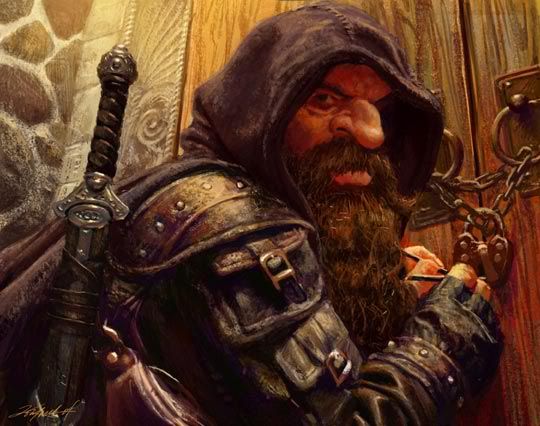
The specific tools in a thieves tool set
Every thief should have some or all of the following items in their set of thieves’ tools in Dungeons and Dragons:
- A file – sometimes things get rusty in the dungeon
- A set of lock picks – to move lock tumblers
- A small mirror mounted on a long handle – to see in tight spaces
- A pair of scissors (narrow bladed) – to get inside of tight spaces and cut trip wires
- A pair of pliers – for snipping wires that connect to traps
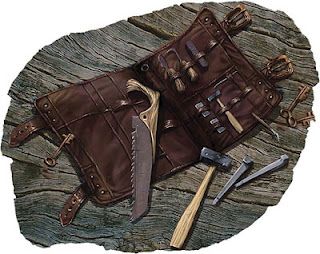
There may well be other tools in the set to help improve the odds of the thief in their attempts to pick locks and disarm traps. Some other useful objects which might be included would be:
- A hook- to connect two wires together
- A pulley – to help lift heavy objects to circumvent traps
- A hook on a stick – to pull wires from a distance and set off traps at a safe distance
- A small rope with a hook on the end of it – to snare objects from a distance
- A pry bar – to force things open when needed
- A small hammer – sometimes it is useful to spike things closed or open
- Iron spikes – see previous explanation
- A small saw – sometimes cutting through the wood is the safest play
- A piece of magnifying glass – to see up close what needs to be seen
- Lock oil – sometimes old lock tumblers need a little help moving
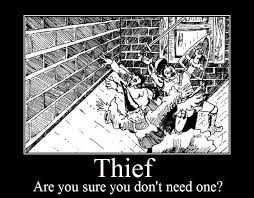
Lock Picks in Dungeons and Dragons
Lock picks often come in a set together. Typically they will be a set of iron keys in several shapes all on the same ring. Each end has a different key shape that is commonly used in the time period. Sometimes the picks will be more straight and will have different grooves at the end so that the lock picker can use the different shapes until they find the right one. And sometimes they will just be individual picks with handles.
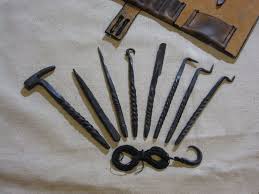
The duties of the thief (rogue) class in Dungeons and Dragons are hazardous
The thief is exposed to many dangers while plying his or her trade. The thief is expected to handle the trap detecting and disarming duties. And the thief is expected to also handle the lock picking. Both of these duties are dangerous work. Having the right tools makes the job much easier and less dangerous. But nothing reduces the risk more than skill itself. There just is no substitute for it.
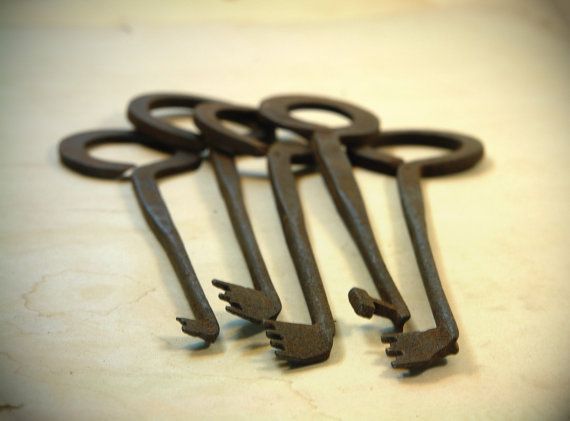

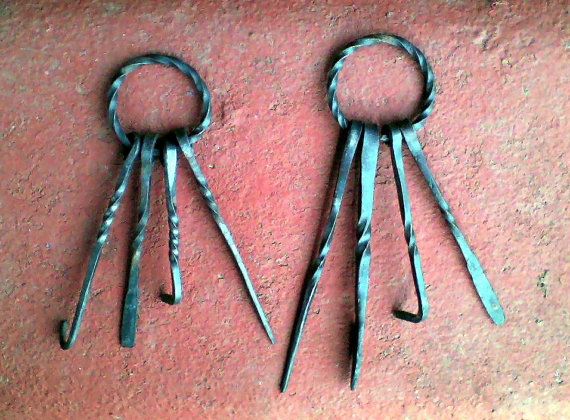
If you enjoyed this article then perhaps you will enjoy these as well:
- Caverns of Thracia Review
- The Maltese Clue Review
- Verbosh Review
- Lara’s Tower Review
- Restormel Review
- The Dragon Crown Review
- Escape From Astigar’s Lair Review
- Hall of the Fire Giant King Review
- Glacial Rift of the Frost Giant Jarl Review
- Steading of the Hill Giant Chief Review
- Tegel Manor Review
- F’Deck Fo’s Tomb Review
- Operation Ogre Review
- Inferno Review
